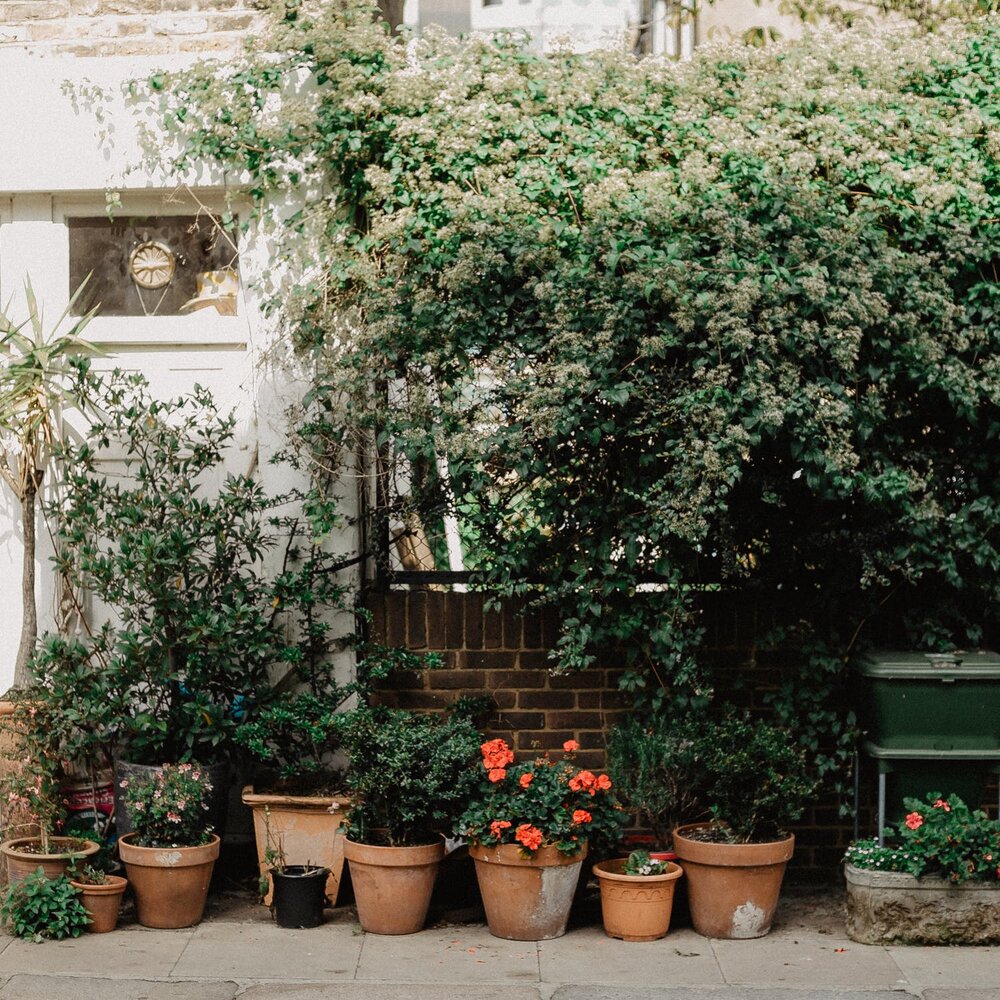Red Tip Photinia Close Up

Red tip photinias photinia x fraseri usda zones 6 through 9 are a staple in southern gardens where they are grown as hedges or pruned into small trees.
Red tip photinia close up. Learning about pruning care for red tip photinia is not as straightforward as it initially appears. The fresh new growth on these attractive evergreen shrubs is bright red fading to green as it matures. Red tips were commonly used to create tall hedges and were often planted too close together to allow for adequate air circulation which made them more susceptible to leaf spot. From all the photinia species one of the most vulnerable varieties is the red tip photinia x fraseri. The striking contrast of its red tipped green spring foliage against clusters of dainty white blooms has earned red tip photinia photinia x fraseri widespread use in the temperate climate of u. Entomosporium leaf spot is usually harmless in most climates especially where summers are hot and dry. Here s two close up pictures below showing the damaged leaves and the start of the red new growth.
The best choice would be a chinese photinia which is similar to the red tip but has a duller copper red color to its leaves. If growing the species called x fraseri in the family of rosaceae and genus photinia which are commonly called red tip photinias just be advised that when used in outdoor landscaping they like plenty of air circulation and plenty of sunlight. However in moist climates with very wet spring and fall seasons it may prove fatal to your photinia hedge. They do make beautiful hedges if kept out in the open and kept trimmed. The plant is susceptible to leaf spot and other fungal problems if spaced too close to other plants or grown in wet conditions. Sure enough the green color did return although there definitely was some damage. Red tip photinia is highly susceptible to entomosporium leaf spot and as such its use for hedging is not recommended.
Unfortunately with the overuse and close planting of red tipped photinia disease wasn t far behind and resulted in constant yearly attacks by photinia fungus also known as photinia leaf spot. I didn t think the red tip photinia would survive looking so brown. Entomosporium leaf spot on photinia. A mature red tip can spread to a width of about 10 feet. These lovely shrubs grow well in the eastern half of the united states but have found their greatest appreciation in the south where they are grown close together to form massive hedges of gorgeous red and green.


































































